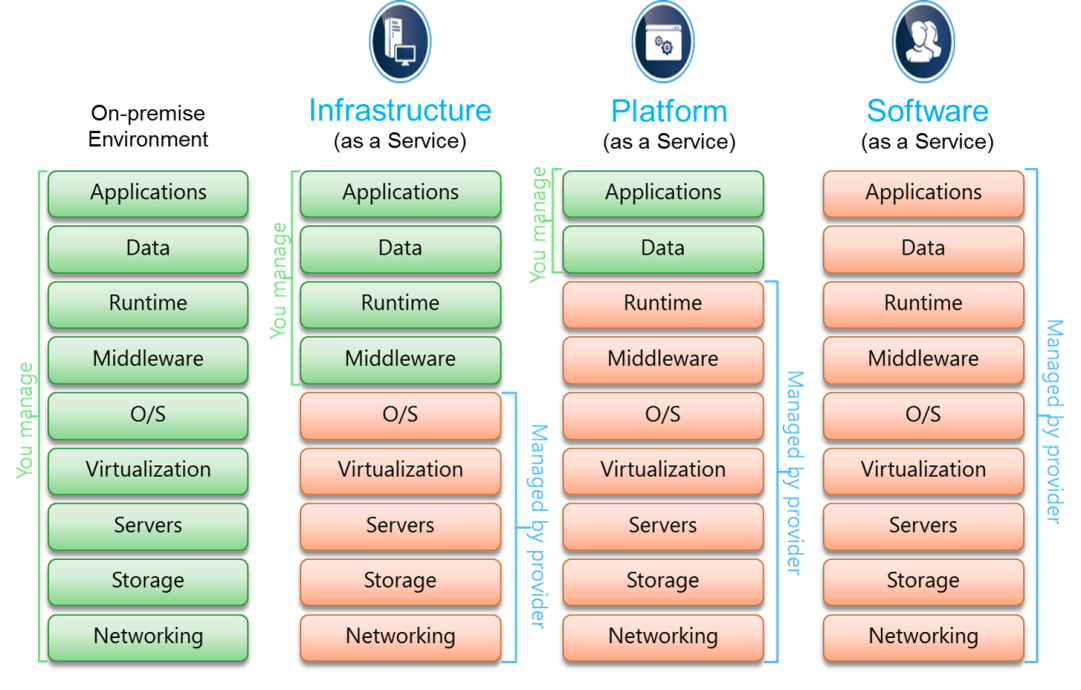Boost Your Business with Cloud Services: A Guide to Modern Solutions
Boost Your Business with Cloud Services: A Guide to Modern Solutions
Blog Article
Achieve Seamless Scalability With Cloud Solutions
In the ever-evolving landscape of cloud solutions, achieving smooth scalability stands as a cornerstone for contemporary organizations seeking to stay affordable and versatile. The quest for smooth scalability with cloud solutions unveils a world of possibilities for those eager to embrace the transformative power of dynamic resource management.
Benefits of Cloud Scalability
Cloud scalability provides companies the versatility to dynamically readjust resources based on demand, guaranteeing ideal efficiency and price performance. One essential benefit is the capability to scale sources up or down quickly in reaction to changing work. This dexterity allows organizations to fulfill transforming consumer demands without over-provisioning sources, inevitably bring about set you back savings. Scalability additionally enhances efficiency by making certain that systems can handle enhanced traffic or workload without experiencing downtime or slowdowns. By efficiently assigning resources, organizations can maintain high degrees of efficiency during peak times without unneeded costs during quieter periods. Additionally, cloud scalability advertises technology and trial and error by enabling services to quickly evaluate new concepts and range them as required. This versatility motivates a society of constant renovation and adjustment, allowing organizations to remain affordable in a rapidly evolving market landscape. Inevitably, the advantages of cloud scalability prolong beyond price financial savings to include improved efficiency, agility, and development.
Key Attributes for Scaling
Effective scaling in cloud services depends on key functions that make it possible for organizations to readjust sources dynamically based on need. One vital attribute for scaling is elasticity, permitting resources to scale up or down in action to fluctuating workloads. This makes certain that organizations can satisfy performance demands without over-provisioning sources. Another crucial attribute is scalability, making it possible for systems to handle boosted work by including resources perfectly. This function is critical for suiting growth without jeopardizing efficiency. In addition, automation plays an essential role in scaling by automating the provisioning and de-provisioning of resources based on predefined policies. Automation decreases human intervention, improves effectiveness, and makes certain quick response to changing demands. Monitoring and analytics tools are also vital for scaling, supplying understandings right into source use, efficiency metrics, and possible traffic jams. These tools allow organizations to make educated choices and enhance resource appropriation for reliable scaling. Overall, these key features jointly encourage companies to attain smooth scalability in cloud solutions.
Executing Auto-Scaling Techniques
To effectively maximize resource appropriation and adjust to varying work, organizations should strategically carry out auto-scaling techniques in their cloud solutions facilities. Auto-scaling allows systems to instantly change the number of calculate resources based upon real-time demand. There are various auto-scaling techniques that organizations can utilize, such as predictive scaling, which utilizes historic data to anticipate future resource requirements, and reactive scaling, which reacts to current workload adjustments.

Finest Practices for Scalability
For organizations intending to improve their scalability in cloud solutions, carrying out best techniques is critical for ideal performance and source management. One trick finest practice is making applications with a microservices design. This approach breaks down applications into smaller, independent solutions that can be deployed, upgraded, and scaled individually, permitting greater adaptability and scalability.
One more vital method is making use of containerization innovation, such as Docker or Kubernetes. Containers make it possible for the product packaging of applications and their dependencies into separated units, making it less complicated to scale components individually and deploy them constantly across various settings.
Furthermore, applying automated release and infrastructure as code (IaC) can enhance scalability initiatives (linkdaddy cloud services). Automation tools like Terraform or Ansible this aid in provisioning and managing sources successfully, decreasing hand-operated mistakes and enabling fast scalability
In addition, checking performance metrics, establishing informs, and performing routine ability preparation are essential practices to ensure aggressive scalability management. By sticking to these ideal techniques, organizations can accomplish smooth scalability in their cloud solutions while optimizing performance and resource usage.
Tracking Efficiency Metrics
When evaluating the efficiency of cloud services scalability, closely monitoring performance metrics is important for making sure ideal performance and source allocation. By continually tracking vital efficiency signs (KPIs) such as reaction times, source, throughput, and latency use, organizations can gain valuable understandings right into the health and efficiency of their cloud framework. Checking performance metrics allows for the very early discovery of potential traffic jams or problems that can affect scalability, allowing proactive actions to be taken to address them prior to they intensify.

Verdict
Finally, attaining smooth scalability with cloud services is important for organizations to optimize efficiency, improve advancement, and maintain high performance degrees read this post here throughout peak times. By leveraging the benefits of cloud scalability, implementing auto-scaling approaches, making use of crucial features such as flexibility and automation, and adhering to finest practices like application layout and efficiency monitoring, businesses can efficiently scale their systems while making best use of source application and performance.
The quest for smooth scalability with cloud solutions reveals a globe of opportunities have a peek at this website for those willing to welcome the transformative power of vibrant resource monitoring.
Cloud scalability uses organizations the versatility to dynamically adjust sources based on need, making certain ideal efficiency and expense efficiency. An additional crucial feature is scalability, making it possible for systems to deal with increased workload by including resources seamlessly.For companies intending to enhance their scalability in cloud solutions, executing finest techniques is vital for optimal performance and source management.When examining the performance of cloud services scalability, carefully keeping track of efficiency metrics is vital for ensuring optimal performance and source allotment.
Report this page